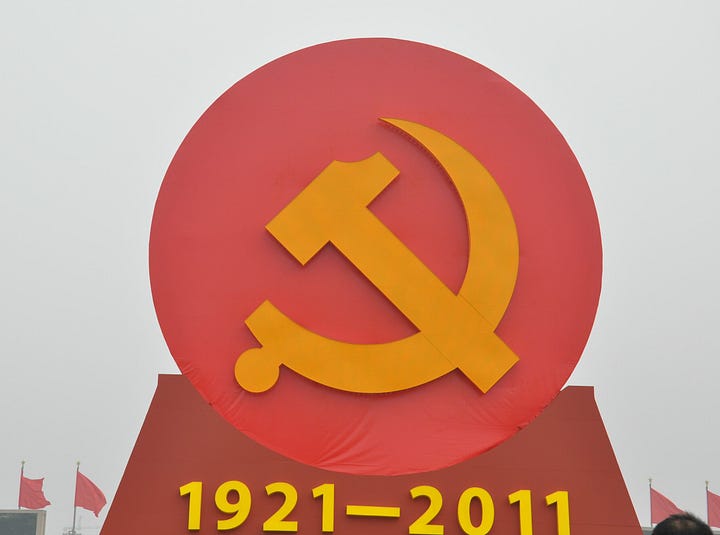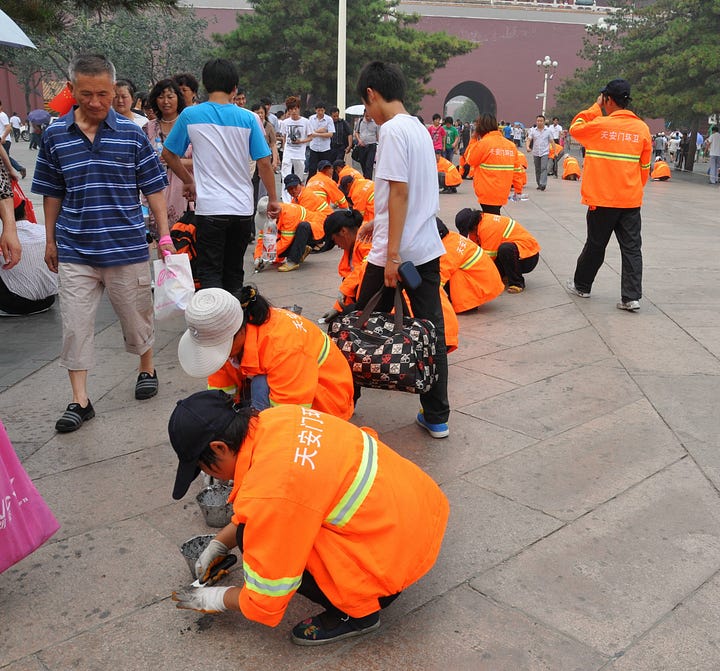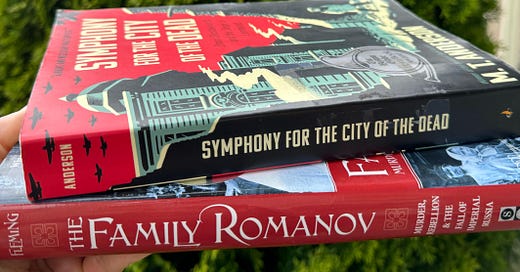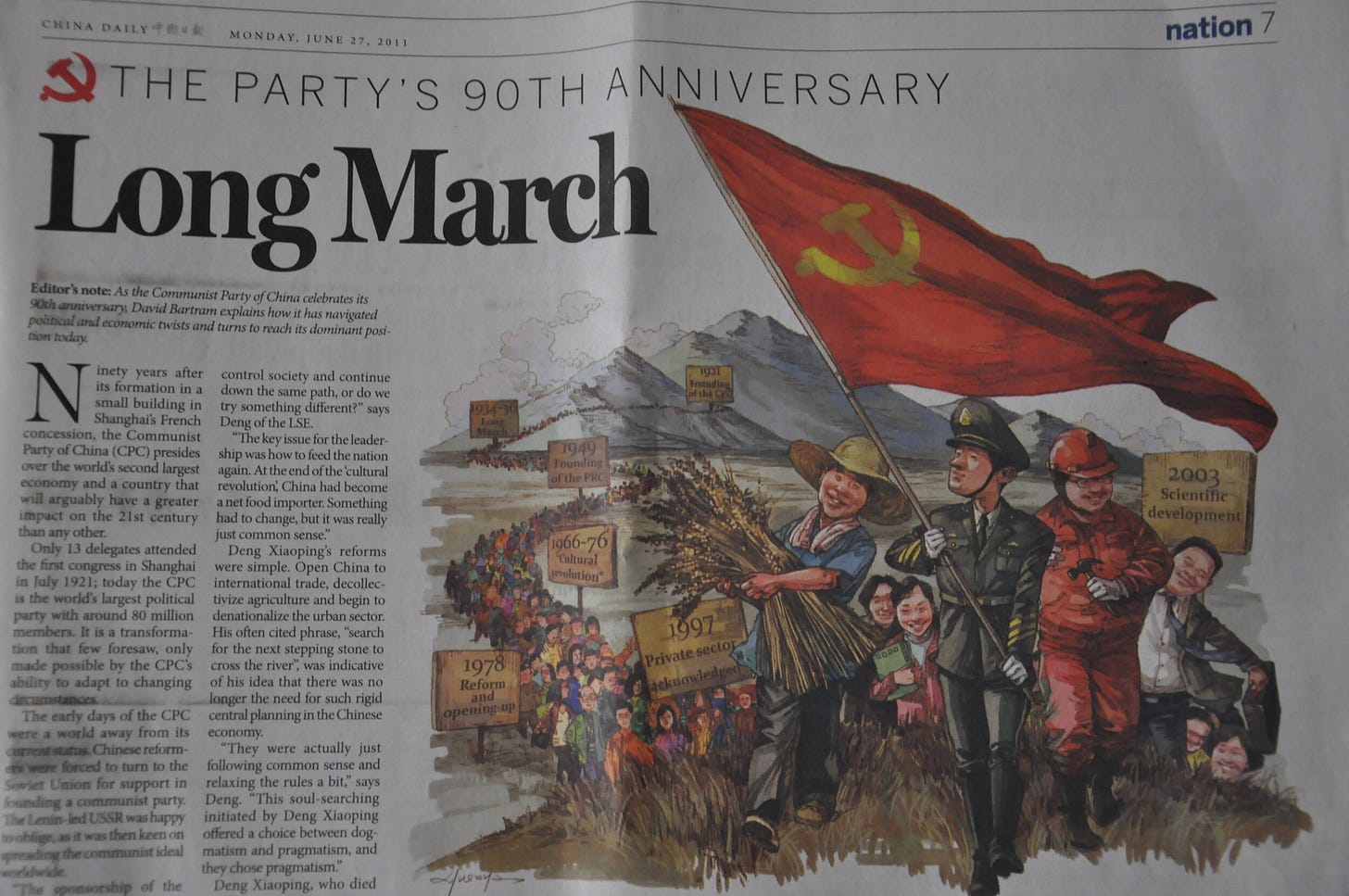Two books to read: THE FAMILY ROMANOV by Candace Fleming and SYMPHONY FOR THE CITY OF THE DEAD: Dmitri Shostakovich and the Siege of Leningrad by M.T. Anderson
Instead of trying to explain to my students why Communism sounded so appealing to Russians in the early 1900s, I simply read them the first 10 pages of THE FAMILY ROMANOV. Candace Fleming (one of my favorite authors!) begins the story by describing a ball hosted by Tsar Nicholas II.
Students are always enthralled by the descriptions of the three-mile-long palace, the egg-shaped diamond, Empress Alexandra’s costume that cost one million rubles, and the “five yachts, two private trains, and countless horses, carriages, and cars” that the royal family owned.
Then I turn the page and students are horrified. Candace Fleming details the poverty of land-starved peasants and the desperation of city dwellers during Russia’s industrial revolution in heart-wrenching detail.
The contrast in the pages provides a perfect entryway into my little lecture on Bloody Sunday, the February Revolution, and the Tsar’s abdication.
Then, we go back to the book. I read the few pages about how the royal family was shot in an underground cellar.1 Kids LOVE this, of course.
Once we get into communism, I turn to the SYMPHONY FOR THE CITY OF THE DEAD. I also use the book for my speed-dating-with-WWII-books lesson, but the first part of the book has some great details about communism and that time when Stalin was running around killing everyone who looked at him funny.
M.T. Anderson’s nonfiction book is about composer Dmitri Shostakovich, who was born in St. Petersburg in 1906. His family lived in relative luxury, and the story of how his family’s car was requisitioned for the Revolution is pretty powerful. I always read that bit when explaining to students that under Communism, ALL property belonged to the State.
The book is full of details about Stalin’s Five-Year Plan: “Thousands of families guilty of nothing more than owning an extra cow were shipped into the wilderness in cattle cars. Some were shot. Farmers watching their livestock being dragged away to the collective farms. If they resisted, their houses were burned.”
The Great Terror is also described in terrifying fashion. There are scenes of secret police dragging innocent Leningraders from their homes. When Stalin went to see one of Shostakovich’s symphonies and disliked the music, Shostakovich’s life was in very real danger.
The book continues onto WWII, when Hitler encircled Leningrad and attempted to starve the city out in order to kill millions of people without having to actually attack. In the middle of this starvation, Shostakovich writes a symphony to boost morale. Musicians kept fainting or simply falling over dead during practice.
It is a FASCINATING book. I recommend you keep at least five copies in your classroom because after reading just a few pages, students often want to borrow it.
A lesson to teach: My lecture and reading notes
Okay, so this is not the most exciting lesson plan in the world, but sometimes you just have to give a good ol’ lecture. As this lecture is paired up with some pretty substantial reading excerpts, I usually stretch it out over 3 or 4 days, lecturing/reading for the first part of class and then having students do something different for the rest of class. Lecturing from someone else’s slide deck is always a bit tricky, but checking it out might be a good starting place. Here are student lecture notes as well.
A place to explore: China (during a Communism anniversary)
I’ve never been to Russia, but I was in China for the 90th anniversary of Communism. Commemorative crimson fever was alarmingly high. Thousands of workers across China prepared for the celebrations by scraping gum off of Forbidden City walkways, broadcasting photos of cheery-looking peasants marching around with stalks of grain, and gazing up lovingly at portraits of Chairman Mao. It was pretty terrifying.


I was approached by many excited Chinese who wanted to know if I was in town for the celebration. (No. My flight to a marathon in Inner Mongolia coincided with the big day).
Tiananmen Square was bookended by a poster of Chairman Mao on one end and two patriotic slide shows (patri-vision?) on the other. Glamour shots of terraced rice fields and harmonious field hands filled the mega screens as music meant to inspire nostalgia filled the surrounding space. Chinese tourists stood by and filmed the entire spectacle on their cell phones. And as this was in 2011, I shutter to think of the quality of those cell phone videos.
China Daily, the English newspaper, had a full-page timeline of the CPC, also complete with smiling faces of the peasants completing their long march.
There is no mention of how the government pulled peasants from their farms to work in factories, creating shoddy steel goods. There is no mention of the famine that starved millions or the Cultural Revolution that murdered millions more.
Ah, communism.
In the hardback I own, this story is on pages 235 - 240







I’m happy to see communism alive and well in the classroom. It’s so important for kids to learn that communism was/is not just a political party but an evil regime.
That's a great opening to the lesson, Jenna!
I studied a bit of Russian and American history at high school, along with European and British. The Russian Revolution was always my favourite. It all seemed very romantic, as well as somehow the right response, even though the outcome was ultimately so dismal. I never became a communist, but I somehow "got" why so many did.